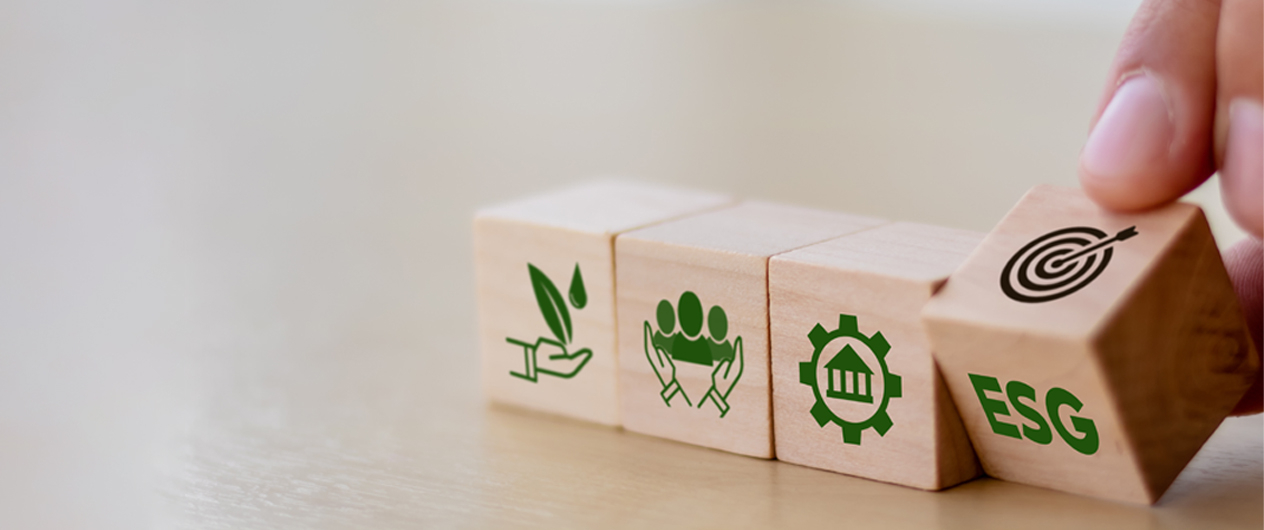This article was originally published in Oman Economic Review magazine.
Oman´s economy is known for being highly dependent on export of Oil & Gas as it contributes to 69 percent of its total export. However, over the years, Oman’s export market is witnessing a substantial increase in non-oil exports contribution. Some of the key points addressed in this article are about the recent trends in non-oil Exports, historical data analysis, major contributing partners, and the reasons behind the surge in non-oil Exports.
Exports Overview
Products
As per a recent report, the non-oil export value during the year 2017 stood at USD 6,764 million, a surge of 28.2% from USD 5,274million registered in the same period of previous year. A strong and healthy growth was observed in the export of minerals, plastics and rubber, base metals and chemical products, as per the latest monthly statistics released by the National Centre for Statistics and Information (NCSI). Among the non-oil product categories in 2017, exports of mineral products went up by (https://businessgateways.com/news/2018/01/24/Oman-non-oil-exports-soar) 51.5% (USD 1,662 million) & exports of chemical products rose by 41.9% (USD 1,585 million) from the previous year. Again, export revenue from rubber and plastics and basic metals also increased by 43.5% (USD 388 million) and 35.8% (USD 1,228 million), respectively. Oman exports represent 1% of Mineral Oil, fuels and products of World Exports (https://www.trademap.org/Country_SelProductCountry.aspx?nvpm=1|512||||27|||2|1|1|2|1|1|2|1|1). Oman contributes to 0.3% of World Organic Chemicals Exports (cyclic hydrocarbons, polycarboxylic acids, phenols etc).
Key Partnering Countries
GCC and Asia are the two largest export markets for Oman. The two regions together make up approximately 79% of Oman’s total non-oil export and re-export market. At the end of December 2017, drastic growth in non-oil exports to some of its major trading partner countries such as Qatar by (https://www.gulfbase.com/news/oman-s-non-oil-exports-surge/305422) 160.3% to USD 546 million from USD 210 million during the same period in 2016. Also, the re-exports of non-oil to Iran alone increased by 129.1% (USD 581 million), Pakistan by 70.7% (USD 387 million) and Yemen by 56.1% (USD 301 million). Increase in investment in infrastructure in Iran has led to increase in Oman’s re-exports. Iran has strong dependency on Omani market for construction materials, steel, copper cathode, agro and food products, sweets, chocolates, nuts, fish and shrimp. Again, in Pakistan, with the advent of China Pakistan Economic Corridor (CPEC), the imported inputs are used for the development of transportation networks which contributes towards industrial growth and therefore quality is very crucial. Imported inputs number increased as domestic inputs were either unavailable or of a sub-standard quality.
Growth Contributing Factors
Increase in Commodity Prices
A major recovery in energy prices indirectly helped the country to strengthen its non-oil export revenue. Again, prices of several petrochemical products gained immensely gain from a rise in oil prices.
The Sultanate has emerged as leading Global exporter of gypsum for as many as 15 countries primarily in Asia and Africa (https://businessgateways.com/news/2017/11/23/Oman-is-the-worlds-top-gypsum-exporter). Although the Sultanate contributes only 2 per cent of total global gypsum output, it still caters to roughly 20 per cent of the world’s traded gypsum. Exports for fiscal 2017 are 7.30 million tonnes, up from 5.65 million tonnes achieved a year ago.
Aluminium prices on the London Metal Exchange (LME) touched a three-year peak of USD 2,246 a tonne in December 2017 than that of previous year. There is increase in exports as cost of alumina because of inputs like petroleum coke and coal tar act as cost push factor. Aluminium and its products accounts to 0.4% of its world exports.
Policy Measures
In the framework of Oman’s Seventh Five-Year Development Plan (2016-20), the government intends to make big changes by putting non-oil trade on top of its agenda to diversify its economy.
The Sultanate’s focus has been to increase non-oil export and to support this ambition they have taken measures such as providing an array of incentives – provision of land at affordable rates, reduction in utility charges and exemptions from taxes have boosted the non-oil production volume thereby increasing the exports number. As a part of the country’s diversification programme, Oman is busy promoting various initiatives & conducting continuous research on courses of action to strengthen its export base of non-oil products, including the mineral sector.
Increased participation of private sector was observed owing to stable economy, wise governmental policies and trading partners’ confidence in the economy. For instance, Customs rolled out at the Port of Sohar an electronic “Bayan,” or “Single Window” customs system to quicken processing.
Ithraa, country’s export promotion agency which is known for conducting market surveys of export markets, also participated in global exhibitions, organised regular B2B meetings to promote Omani products and thereby contributing to the growth of non-oil exports. An annual visit program conducted for Omani manufacturers in order to identify any export problems encountered by companies’ facilitated better movement of goods & payments.
Oman’s trade tariffs are the lowest among the GCC countries, providing inward investors with a low-cost trade environment. Investors enjoyed competitive risk-adjusted return on investment compared globally. The Sultanate ranks in the top 30 countries worldwide in terms of non-tariff trade liberalization and 3rd in GCC; this means investors will face fewer barriers such as quotas, restrictions and licensing issues. For instance, UAE biggest importer of Oman’s fish stated that it finds it cost effective and convenient to transport by land than by other means (https://www.thenational.ae/world/gcc/uae-emerges-as-biggest-importer-of-oman-s-fish-1.669102).
Conclusion
This is a positive sign for Oman’s economy as non-oil exports supports as a source of additional revenue, creating a scope for expansion for new economy. As of now, the most demanded export products are from Petrochemical & Mineral industries. However, focus is to diversify it to other segments as well. Trend indicates that non-oil products are mostly demanded by neighbouring Gulf countries owning to lesser transport costs and increase in number of infrastructure development projects. Oman is researching on various ways to raise its non-oil exports, concentrating especially on untapped African markets. The forecast of higher price of oil indicates that the country will look forward to utilize this opportunity to mobilize this additional surplus to fund towards the development of non-oil production industries, as well as channelizing investments in enhanced oil recovery methods.
Stay Tuned To Marmore MENA Insights!
Never miss a patch or an update with Marmore's Newsletter. Subscribe now!
Related Article
2024 Kuwait Banking: Interest Rates and NIM Trend Analysis
The blog discusses how net interest margin of Kuwaits banks has moved across interest rate cycles, in light of awaited policy rate cuts.
Read MoreAre ESG and Sustainable investing the same?
ESG and Sustainable Investing might seem to be related but both are distinct concepts. The GCC nations transition towards cleaner energy portrays a buoyant outlook for ESG and sustainable investing.
Read MoreBusiness Impact of IFRS Sustainability Standards for GCC
The impact of the recently issued IFRS sustainability standards, once adopted, is likely to be high, as GCC companies scramble to allocate adequate resources for the adoption.
Read More




